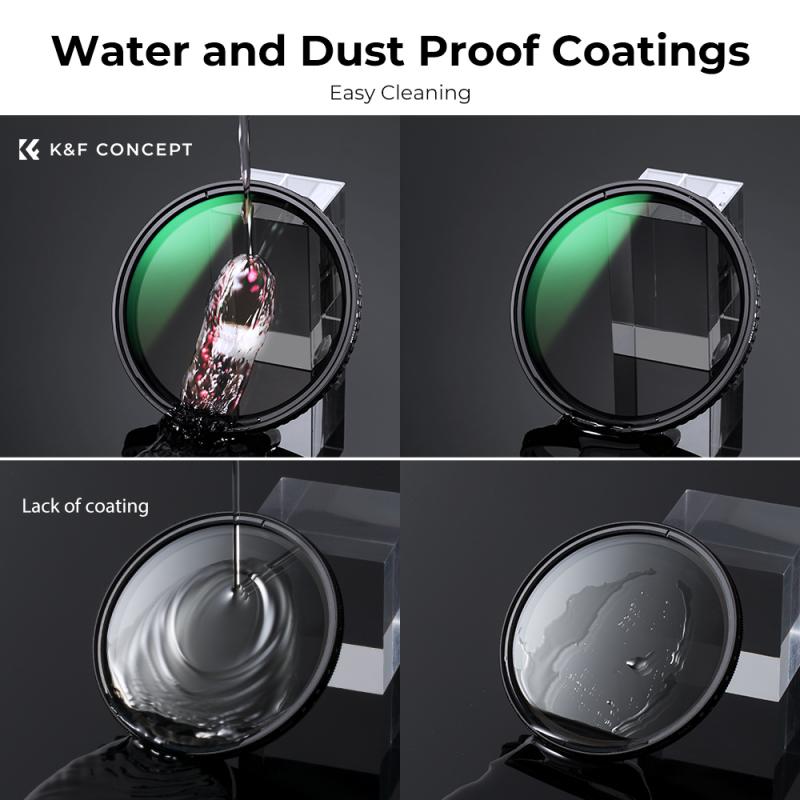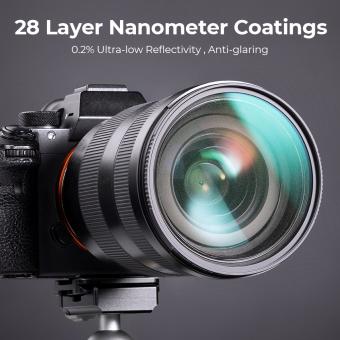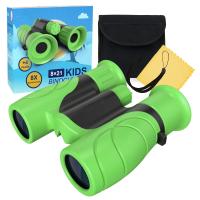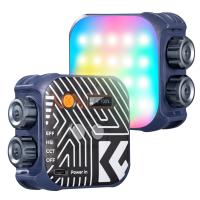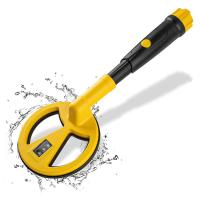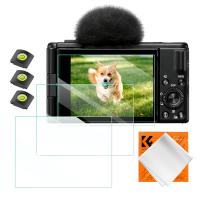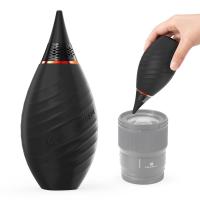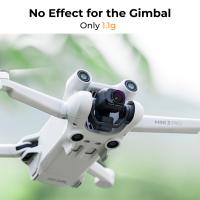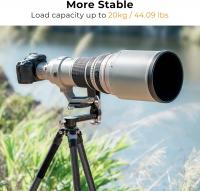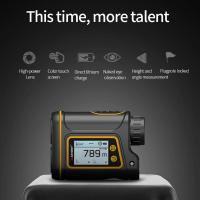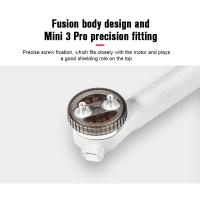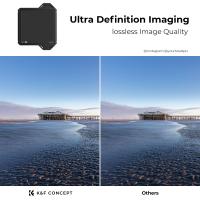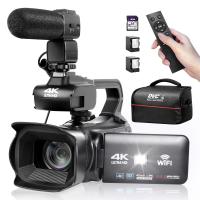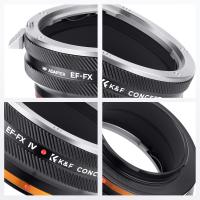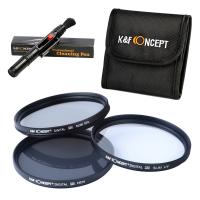Which Lens Is Best For Street Photography ?
The best lens for street photography depends on personal preference and shooting style. A popular choice is a 35mm or 50mm prime lens, as they offer a natural field of view and are versatile in various lighting conditions. A wider lens, such as a 28mm, can capture more of the scene but may distort the image. A longer lens, such as an 85mm, can isolate subjects and create a shallow depth of field, but may be more challenging to use in crowded areas. Ultimately, the best lens for street photography is one that allows the photographer to capture the desired composition and mood of the scene.
1、 Prime lenses
"Prime lenses" are considered the best for street photography. They offer a wide aperture, which allows for a shallow depth of field and better low-light performance. Additionally, prime lenses are typically smaller and lighter than zoom lenses, making them more discreet and easier to carry around.
In recent years, there has been a trend towards using wider prime lenses for street photography. This is because wider lenses allow for a greater depth of field, which can be useful for capturing more of the scene in focus. Additionally, wider lenses can help to create a sense of depth and perspective in street photos.
One popular choice for street photography is the 35mm prime lens. This focal length is wide enough to capture a lot of the scene, but not so wide that it distorts the image. It also allows for a comfortable shooting distance, which can help to put subjects at ease.
Another popular choice is the 50mm prime lens. This focal length is considered a classic for street photography, as it closely approximates the field of view of the human eye. It can be a bit more challenging to use than a wider lens, as it requires getting closer to subjects, but it can also result in more intimate and engaging photos.
Ultimately, the best lens for street photography will depend on your personal style and preferences. However, prime lenses are generally a good choice due to their wide aperture, compact size, and image quality."
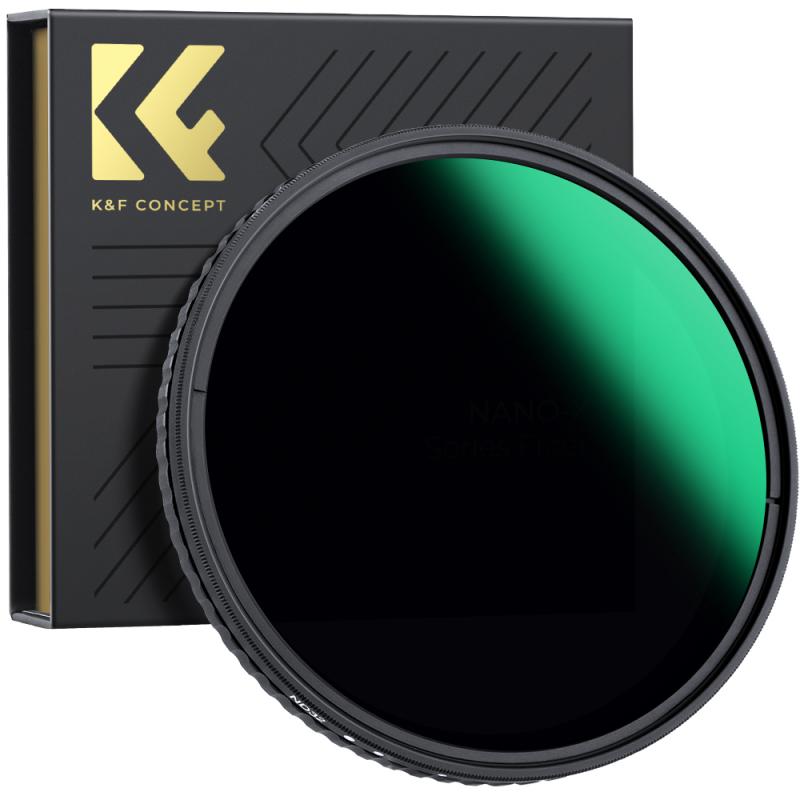
2、 Wide-angle lenses
Which lens is best for street photography? The answer is wide-angle lenses. Wide-angle lenses are perfect for capturing the essence of street photography. They allow you to capture a wider field of view, which is essential for capturing the hustle and bustle of the city. They also allow you to get up close and personal with your subjects, which is important for capturing the emotions and expressions of people on the street.
In recent years, there has been a shift towards using wider lenses for street photography. This is because they allow you to capture more of the scene, which is important for telling a story. They also allow you to get closer to your subjects, which is important for capturing their emotions and expressions.
One of the best wide-angle lenses for street photography is the 35mm lens. This lens is perfect for capturing the essence of street photography. It allows you to capture a wide field of view, while still allowing you to get up close and personal with your subjects. It also has a natural perspective, which is perfect for capturing the world as we see it.
In conclusion, if you're wondering which lens is best for street photography, the answer is wide-angle lenses. They allow you to capture the essence of street photography, and they are perfect for capturing the emotions and expressions of people on the street. The 35mm lens is one of the best wide-angle lenses for street photography, and it's definitely worth considering if you're looking to take your street photography to the next level.
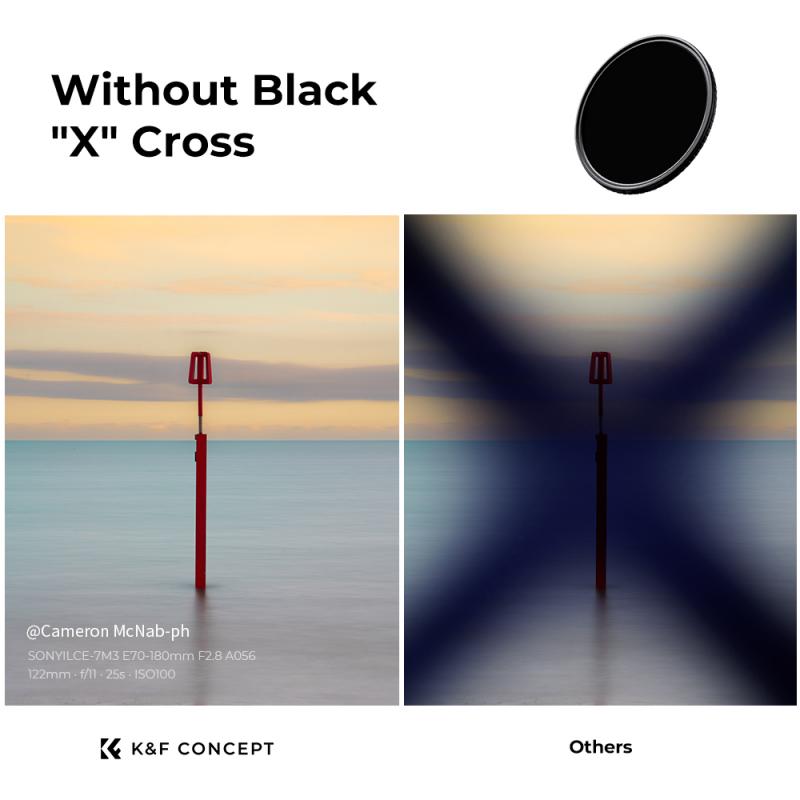
3、 Standard lenses
Which lens is best for street photography? The answer is standard lenses. Standard lenses, also known as normal lenses, have a focal length of around 50mm and provide a natural perspective that closely resembles what the human eye sees. This makes them ideal for capturing candid moments and street scenes without distorting the image.
In recent years, there has been a trend towards using wider lenses for street photography, such as 35mm or even 28mm. While these lenses can provide a unique perspective and allow for more of the scene to be captured, they can also introduce distortion and make the subject appear further away than they actually are.
On the other hand, longer lenses such as 85mm or 135mm can be used for street portraits, but they can be cumbersome to use in crowded areas and may require more distance between the photographer and subject.
Overall, standard lenses remain the most versatile and practical choice for street photography. They allow for quick and easy composition, are lightweight and portable, and produce sharp and natural-looking images. Whether you're a beginner or a seasoned pro, a standard lens should be a staple in your street photography kit.
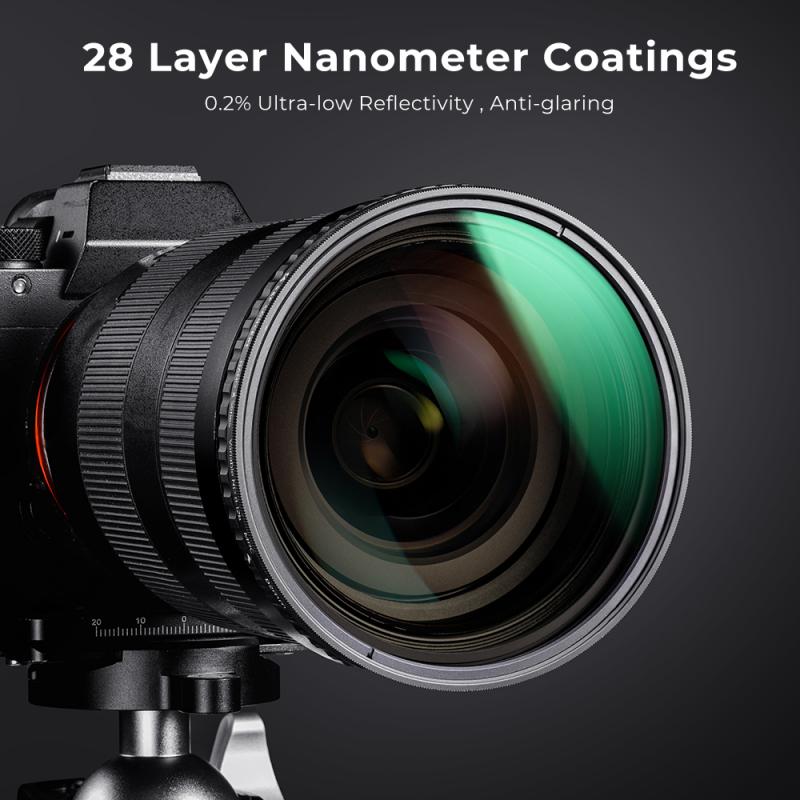
4、 Fast lenses
Fast lenses are considered the best for street photography. These lenses have a wide aperture, typically f/1.4 or f/1.8, which allows for faster shutter speeds and better low-light performance. This is important for street photography as it often involves capturing candid moments in varying lighting conditions.
In addition to their technical advantages, fast lenses also offer a unique aesthetic to street photography. The shallow depth of field created by the wide aperture can isolate subjects from their surroundings, creating a sense of intimacy and focus on the subject. This can be particularly effective in capturing the energy and emotion of a bustling street scene.
However, it's important to note that the choice of lens ultimately depends on the photographer's personal style and preferences. Some street photographers prefer wider lenses, such as 35mm or 28mm, for capturing the context and environment of a scene. Others may prefer longer lenses, such as 50mm or 85mm, for capturing more intimate portraits of individuals.
Ultimately, the best lens for street photography is one that allows the photographer to capture the moments and emotions they want to convey in their images. While fast lenses are a popular choice, it's important to experiment with different focal lengths and apertures to find the style that works best for you.
